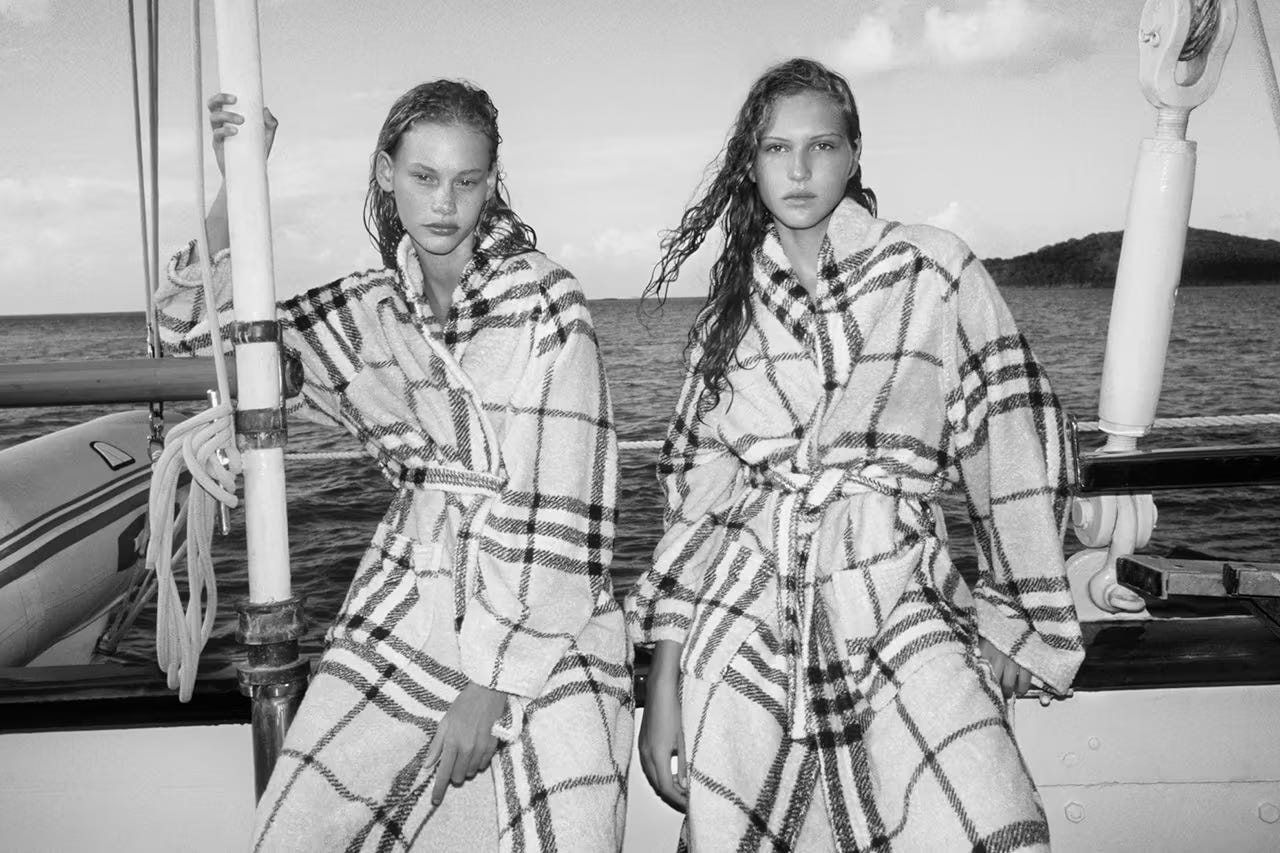Elite yet ubiquitous
Why your company branding should prioritize commerce over art
👋 Hey, it’s Wes. Welcome to my weekly newsletter where I share frameworks for becoming a sharper marketer, founder, and builder. If you’re not a subscriber, here’s what you missed this month:
Subscribe to get access to these posts, and all future posts.
Happy holidays! This week’s newsletter is a short internal memo I wrote to Maven’s branding/design agency in spring 2021. I make the case for why company branding should prioritize commerce over art. If you're working on a brand refresh or launch, this can help you get aligned with your designers. Enjoy.
Read time: 3 minutes
A year and a half after launching Maven, my cofounders and I hired a branding agency to create a website and logo. The agency was fantastic, but there was one problem:
They kept coming back with logos, icons, color schemes, typefaces, and designs that were what I can only describe as too cool for us.
One day, I wrote the Slack memo below to my cofounders. They loved it and encouraged me to share it directly with our designers. The memo helped frame the project—and led to a brand identity, website, and logo we were thrilled with.
I was 50/50 on whether the designers would be offended, but they received it well and appreciated having a better sense of what we wanted.
Here’s the note below.
Do we want to be elite—or elite yet ubiquitous?
Brand designers are cool. Too cool. This is a problem because our customers are probably not that cool, and neither are we.
There’s a difference between elite vs elite yet ubiquitous. Some brands are for cool people. These brands are sold at indie boutiques with only one size of each item, hung three inches apart, the store associate doesn’t look up when you walk in, and you’re not supposed to touch anything with your plebe fingers.
I mention this because sometimes designers can get too caught up in artsy design vibes.
But we don’t want to experiment with a “distinctive brand colorway” or iconography because we want to push the boundaries of design. We want a distinctive brand so we can sell more, make more money, and become a billion-dollar business.
Do designers at Burberry probably hate plaid because it’s overdone and they want to explore more “unexpected” concepts? Probably.
Does the plaid continue to drive a huge part of their business because customers dream of rolling up their trench coat sleeves to show a peek of plaid? Yes.
Our goal is to be elite yet ubiquitous.
Let’s use Lush as an example. They’re a clean cruelty-free skincare brand, which sounds niche, but they’re in every mall in the US. They have found a way to be quirky and weird and counterculture, but not too quirky, weird, and counterculture. They hit the sweet spot of elite yet ubiquitous.
When I say ubiquitous, I mean we want to be Burberry selling at Bloomingdales, Saks, and Nordstrom. Customers don’t need to hunt for a retailer that carries Burberry because they all carry it. People who don’t know fashion still know Burberry. In other words, Burberry is elite, but they are ubiquitous.
On the other hand, there are lots of other luxury clothing brands that are just as elite, but not ubiquitous. You’d know these brands if you’re into fashion, but most people don’t know them. They are a fashion person’s fashion brand. There are elite brands like this in every category—we’re not trying to be those brands.
Veuve Clicquot is not the most upscale champagne. It’s the most upscale champagne everyone knows.
Tiffany & Co is not the most upscale jewelry brand. It’s the most upscale jewelry brand everyone knows.
Bose isn’t the most upscale speaker brand. It’s the most upscale speaker brand everyone knows.
We want to be a premium brand everyone knows.
On the other hand, our designers buy from brands no one has heard of. They drink artisanal, small-batch, fair-trade whiskey we haven’t heard of. They buy knitwear from a Copenhagen label we haven’t heard of. They listen to music from artists we haven’t heard of.
What our designers find cool will likely be too cool for what we need. Instead, we want them to design a brand they could imagine everyone hearing of, even if it’s basic for their taste, in the same way that Veuve and Tiffany and Bose and Burberry are basic.
These brands are basic because they successfully crossed the chasm. They crossed the chasm because they didn’t alienate the masses. When we work with our branding agency, let’s make sure to gently remind them:
Prioritize commerce > art.
I’d love to get your help growing our community of thoughtful, rigorous operators. If you enjoyed this essay, consider sharing it with a friend.
Thanks for being here,
Wes Kao
PS See you next Wednesday at 8am ET.



This is PURE GOLD. You simply stated and provided killer examples for points that many people find difficult to articulate. Love.
Love this Wes. It’s something I have pondered but you spelled the point out so beautifully with those examples.